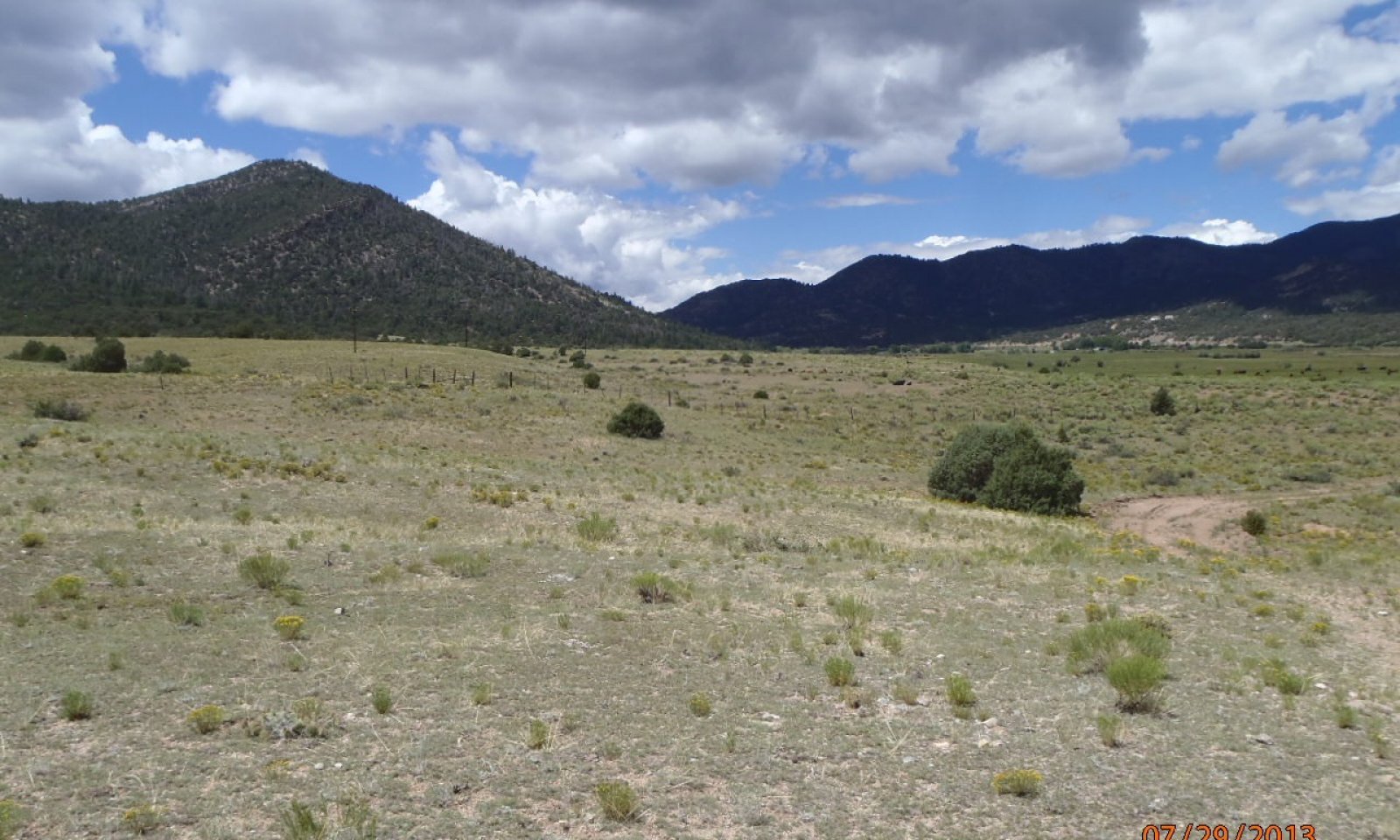
Foothill Loam
Scenario model
Current ecosystem state
Select a state
Management practices/drivers
Select a transition or restoration pathway
- Transition T1A More details
- Transition T1B More details
- Restoration pathway R2A More details
- Restoration pathway R3A More details
-
No transition or restoration pathway between the selected states has been described
Target ecosystem state
Select a state
Description
This state is a mix of grasses and shrubs with some forbs. Natural ecological dynamics from fire, drought, and herbivory cause the shrub density to fluctuate. Where the site has more frags in the profile or texture is a little courser, species such as needleandthread may become more dominant.
Resilience management
The reference state shows the greatest resilience to disturbance. A diversity of plant functional-structural groups create a diversity of root systems which in turn takes in resources and feeds microbial communities. Bare ground is minimal due to a high degree of cover and litter.
Submodel
Description
This site is dominated by bare ground and shrub species such as rubber rabbitbrush, Greene's rabbitbrush, and Wyoming big sagebrush. Bare ground is extensive. Warm season grasses are still present.
Resilience management
The site has crossed a threshold to a degraded state. A few resistant shrubs remain while bare ground and erosion is evident. Production and cover are both low.
Submodel
State 3
Degraded, Increased Bare Ground



Description
This state has crossed a threshold to a degraded state where bare ground is prevalent and warm season species is dominated by blue grama growing in a sod-forming fashion with low meristems and weak rhizomes. Other warm season grasses that may be present include threeawn and galleta.
Resilience management
Production and cover is low, bare ground and signs of erosion are evident. This state is highly susceptible to drought and further accelerated erosion.
Submodel
Mechanism
Slow drivers include a reduced fire regime, often due to the lack of fine fuels; repetitive defoliation and high utilization of palatable species by domestic livestock, especially during drought; and soil destabilizing factors such as erosion.
Mechanism
Long term drivers such as constant defoliation of preferred species, especially on convex positions which warm up faster in the spring and collect less precipitation in the winter, will degrade toward a bare ground-blue grama dominant site. Blue grama with low meristems and weak rhizomes will persist in these harsher convex areas.
Mechanism
Long term management that improves ecosystem function. This includes restoring soil health and plant diversity. Western wheatgrass is often the first grass to begin recolonization in bare areas, re-establishing a network of rhizomes to begin restoration of site ecological processes. Careful management of grazing plus a possible re-introduction of fire into the systems will be needed for restoring plant and soil health.
Mechanism
A long-term management system that monitors and adapts to periodic disturbance such as drought. Establishment of of ground cover, plant diversity, soil organic matter, and aggregate stability is important to re-establishing ecosystem function.
Model keys
Briefcase
Add ecological sites and Major Land Resource Areas to your briefcase by clicking on the briefcase (![]() ) icon wherever it occurs. Drag and drop items to reorder. Cookies are used to store briefcase items between browsing sessions. Because of this, the number of items that can be added to your briefcase is limited, and briefcase items added on one device and browser cannot be accessed from another device or browser. Users who do not wish to place cookies on their devices should not use the briefcase tool. Briefcase cookies serve no other purpose than described here and are deleted whenever browsing history is cleared.
) icon wherever it occurs. Drag and drop items to reorder. Cookies are used to store briefcase items between browsing sessions. Because of this, the number of items that can be added to your briefcase is limited, and briefcase items added on one device and browser cannot be accessed from another device or browser. Users who do not wish to place cookies on their devices should not use the briefcase tool. Briefcase cookies serve no other purpose than described here and are deleted whenever browsing history is cleared.
Ecological sites
Major Land Resource Areas
The Ecosystem Dynamics Interpretive Tool is an information system framework developed by the USDA-ARS Jornada Experimental Range, USDA Natural Resources Conservation Service, and New Mexico State University.



